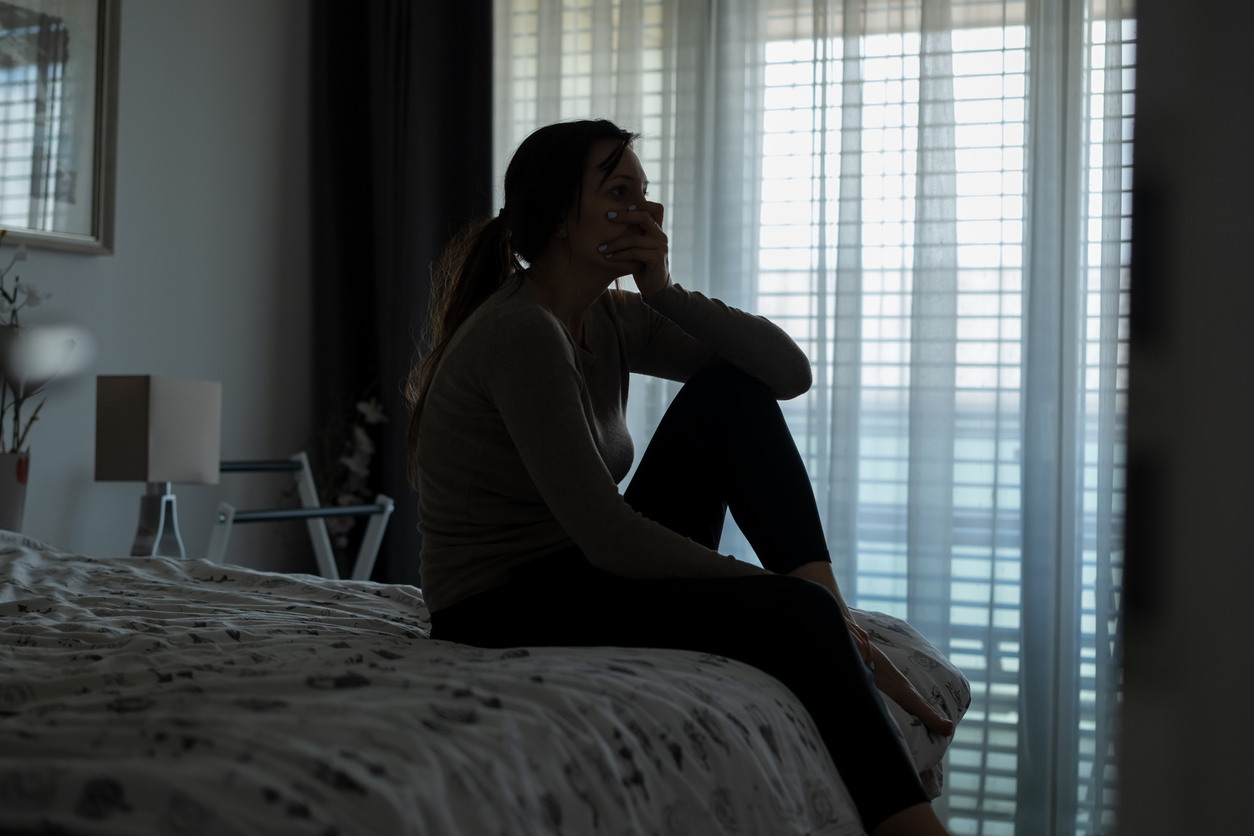The Difference Between Anxiety and Panic Attacks

While the terms “anxiety attack” and “panic attack” are frequently used interchangeably, they represent distinct psychological phenomena with unique characteristics. Let’s explore more about the difference between anxiety and panic attacks.
What are Anxiety Attacks?
Anxiety attacks, although not a clinically defined condition, are often a manifestation of an underlying anxiety disorder or a response to a stressor. These episodes are characterized by a gradual buildup of intense worry, restlessness, and physical symptoms that can persist for extended periods, ranging from days to months. Unlike panic attacks, anxiety attacks typically have a specific trigger, such as a situation, event, or environmental factor.
Anxiety Attacks Symptoms
- Symptoms may be less intense than panic attacks
- Feelings of unease, restlessness, or tension gradually build over time
- Physical symptoms may persist for extended periods
- Often triggered by specific situations or events
What are Panic Attacks?
On the other hand, panic attacks are a sudden and intense sense of fear or terror that can strike without warning or cause. These episodes are often associated with a panic disorder, a type of anxiety disorder characterized by recurrent and unexpected panic attacks. During a panic attack, individuals may experience a wide range of physical symptoms, such as a rapid heartbeat, shortness of breath, chest pain, dizziness, and a sense of detachment or unreality.
Panic Attacks Symptoms
- Symptoms appear suddenly and peak within minutes
- Intense physical symptoms that can mimic a heart attack or life-threatening situation
- Overwhelming fear of losing control or dying
- Typically shorter in duration (a few minutes to an hour)
- Can occur without an apparent trigger or cause
Shared Symptoms of Panic and Anxiety Attacks
Both anxiety and panic attacks can manifest with physical symptoms such as:
- Rapid heartbeat
- Shortness of breath
- Sweating
- Nausea
- Dizziness
- Chest pain or discomfort
These shared symptoms can make it challenging to differentiate between the two conditions initially.
Causes and Risk Factors: Unraveling the Complexities
The exact causes of anxiety and panic disorders are not fully understood, but research suggests that a combination of genetic, environmental, and psychological factors may contribute to their development. Both anxiety and panic attacks can be influenced by:
- Chronic medical conditions or chronic pain
- Medication side effects
- Phobias or excessive fears
- Exposure to trauma triggers
- Overuse of stimulants like caffeine
- Personal or family history of anxiety or panic disorders
- Other mental health issues, such as depression or bipolar disorder
- Life stressors or stressful events
Key Differences Between Anxiety and Panic Attacks
While anxiety and panic attacks share some symptoms, they are distinct conditions with different triggers, durations, and intensities.
- Onset: Anxiety tends to build gradually in response to stress, while panic attacks often occur suddenly without warning.
- Duration: Anxiety can be chronic and long-lasting, whereas panic attacks are intense but typically brief, peaking within minutes.
- Intensity: Symptoms of panic attacks are usually more severe and disruptive than those of anxiety.
- Triggers: Anxiety is often linked to specific stressors, whereas panic attacks can happen unexpectedly without an obvious cause.
Managing Anxiety and Panic Attacks
Effective management of anxiety and panic attacks involves a combination of self-care strategies, therapy, and, when necessary, medication.
Self-Care Strategies
- Regular Exercise: Physical activity can help reduce anxiety and stress.
- Healthy Diet: Eating a balanced diet can improve overall mental health.
- Mindfulness and Relaxation: Techniques such as meditation, yoga, and deep breathing can help manage symptoms.
- Adequate Sleep: Prioritize good sleep hygiene to improve mental health.
Professional Support
- Therapy: Cognitive-behavioral therapy (CBT) and other therapeutic approaches can be highly effective in treating anxiety and panic attacks.
- Medication: For some individuals, medication prescribed by a psychiatrist can help manage symptoms.
At MindRx, we offer online mental health services to support you in managing anxiety and panic attacks. Our team of experienced professionals is here to provide personalized care tailored to your needs. If you or someone you know is struggling with anxiety or panic attacks, reach out to us for help.
Anxiety Treatment & Panic Attacks Management at MindRx
Mental health disorders can be debilitating, but with the right therapy and support, you can learn to manage and overcome your symptoms. MindRx provides in-person and online therapy for panic attacks and anxiety in Oregon and Washington. Our compassionate and experienced mental health providers are here to help you alleviate your anxiety symptoms and manage your panic attacks. Contact us to learn more, or schedule an appointment today.
Make an Appointment Today
Please fill out the contact form below with your information and any specific questions or requests you may have. Our dedicated team will respond promptly to assist you with your needs.
Mindrx Contact form
Mindrx Contact form